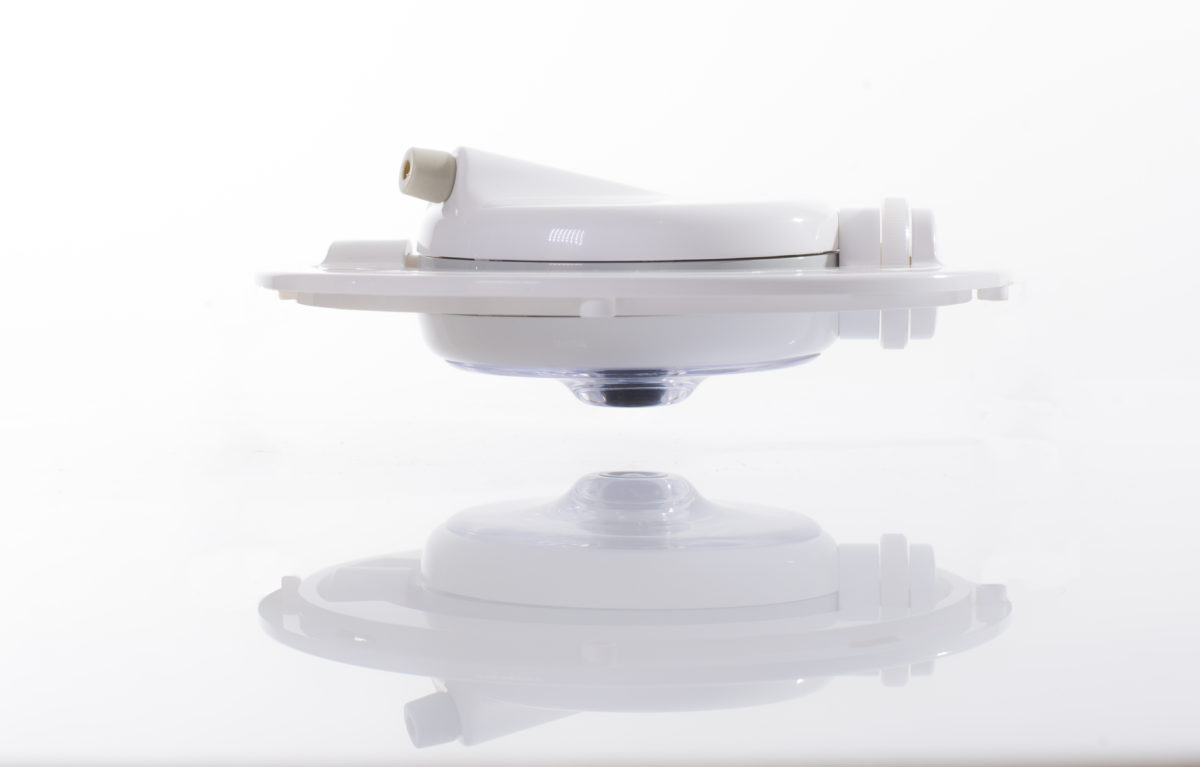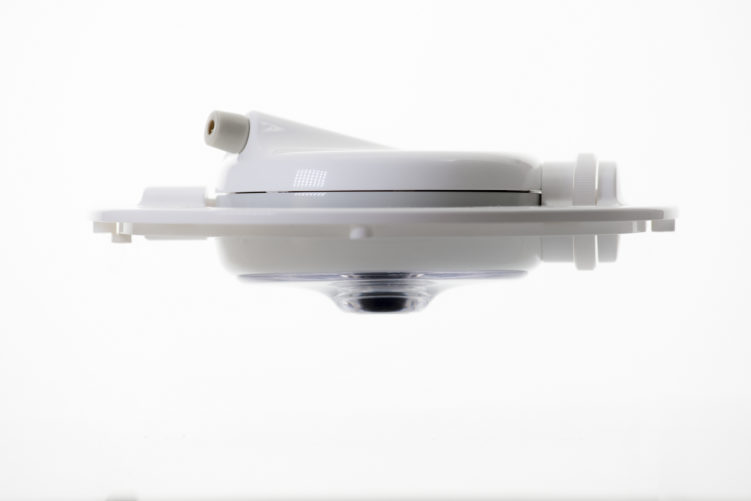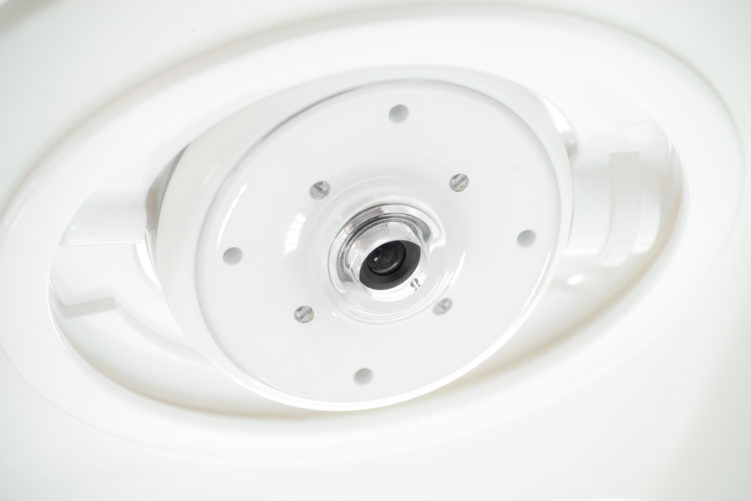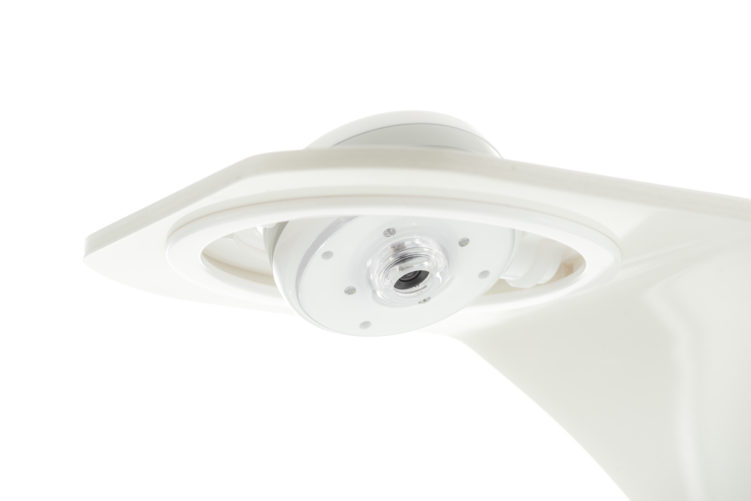Reduction of retesting. The scanner is a closed machine and the tester is located in another room. Without Neuro Device Camri™ it is not possible to see if the examined patient has open eyes and sees the displayed stimuli, or whether they execute commands and if they are executing them correctly.
Reduction of testing costs. Thanks to the camera, the number of failed tests and the need to repeat them is minimized. This saves money and time for patients and healthcare professionals alike.
Patient safety. Thanks to the camera, it is possible to check if the patient’s anxiety is not growing and to control their well-being, possible panic attacks, epilepsy attacks or fainting.
Sedation examinations. It is very helpful during examinations of adults and children in sedated state, allowing to control whether the patient has not started to wake up.
Comfort and legal aspect when examining children. The use of the camera is particularly important for children. It meets the legal requirement for a parent to be able to see his or her child during the examination. It also increases the psychological comfort of parents, who can observe their child during the examination. It also helps to make the experience easier for small patients.






